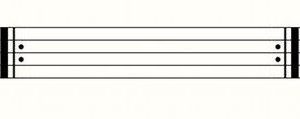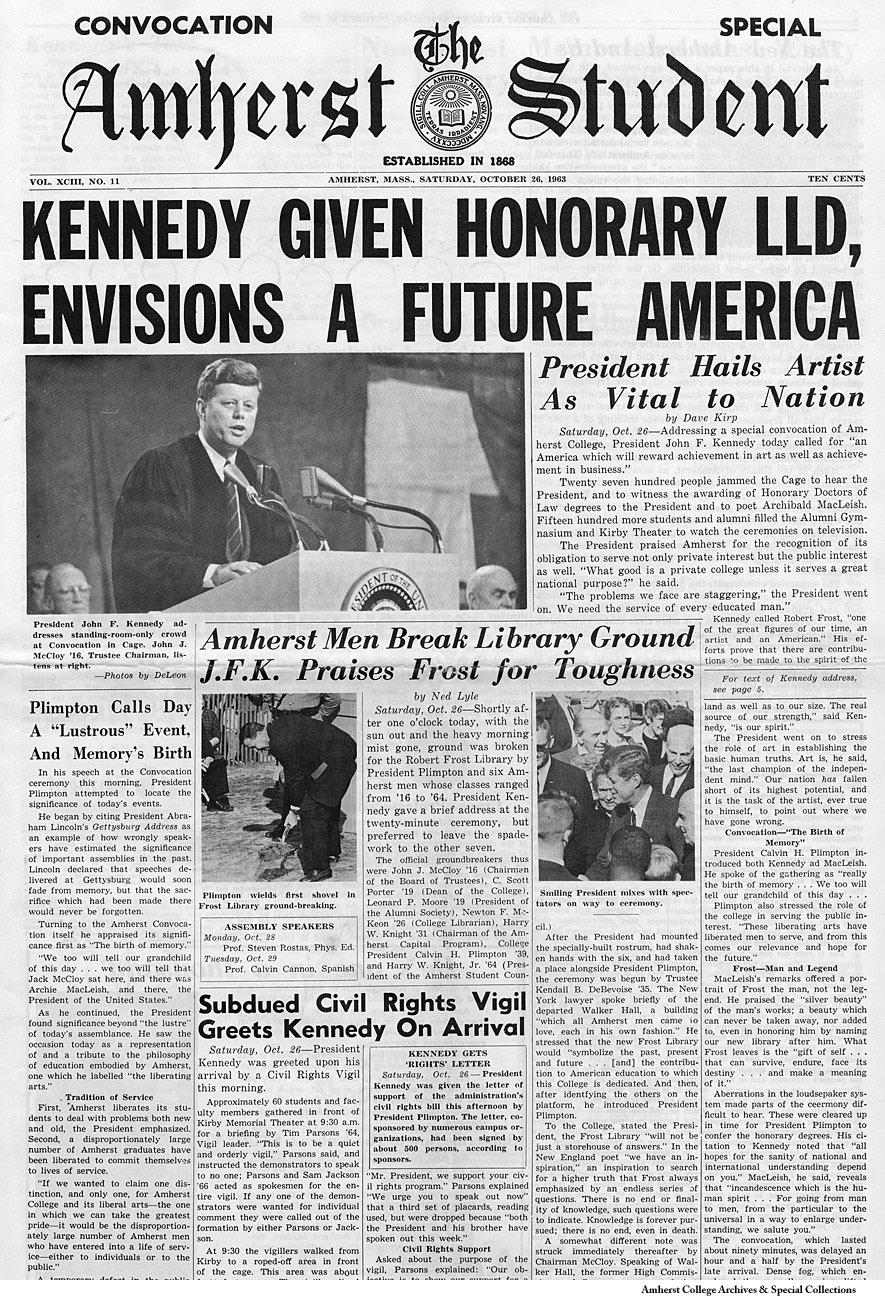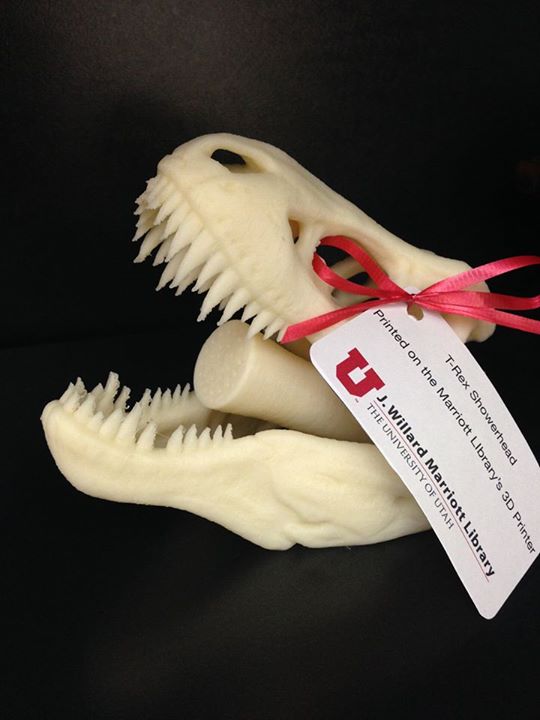And yet, we still need Banned Books Week (#BannedBooksWeek) to push against censorship and suppression of books.
I’m running behind. Banned Books Week 2018 started on September 24. I don’t really have much brilliant to say about it, except we’re still fighting to keep history in Texas history standards, to keep history in Texas school history texts, and the latest outrage is the “deletion” of Helen Keller and Hillary Clinton from the list of historic figures kids ought to rub intellectual elbows with in their studies.
So let me offer a quick and dirty, but often compelling compendium of some of the best Tweets about banned books this week, and the celebration of freedom.
Some old banned books offer great wisdom for our present crises. Like Tom Sawyer:
The Mental Floss list of 35 most-banned books over the last five years is instructive. It tells us something about what issues “authorities” want to keep quiet, and what people read enough to annoy other people enough to complain to libraries. The article lists these:
Since most requests to remove books from schools or libraries go unreported, these lists are not definitive; instead, they offer a “snapshot” of book challenges, according to the [American Library Association’s Office for Intellectual Freedom (OIF)]. In recognition of Banned Books Week, which runs from September 23 through September 29, we’ve compiled a list of the most banned and challenged books of the past five years (2013 to 2017), including the years they were challenged and the reasons why.
1. Thirteen Reasons Why by Jay Asher
Year(s): 2017
Reason: Discussion of suicide
2. The Absolutely True Diary of a Part-Time Indian by Sherman Alexie
Year(s): 2013, 2014, 2017
Reason: Anti-family, cultural insensitivity, drugs/alcohol/smoking, gambling, offensive language, sex education, sexually explicit, violence, and “depictions of bullying”
3. Drama by Raina Telgemeier
Year(s): 2014, 2016, 2017
Reason: LGBT characters
4. The Kite Runner by Khaled Hosseini
Year(s): 2014, 2017
Reason: Sexual violence, unsuited to age group; was thought to “promote Islam”
5. George by Alex Gino
Year(s): 2016, 2017
Reason: Transgender child character
6. Sex is a Funny Word by Cory Silverberg and Fiona Smyth
Year(s): 2017
Reason: Addresses sex education; was thought to lead children to “want to have sex or ask questions about sex”
7. To Kill a Mockingbird by Harper Lee
Year(s): 2017
Reason: Violence and use of the N-word
8. The Hate U Give by Angie Thomas
Year(s): 2017
Reason: Drug use, profanity, offensive language
9. And Tango Makes Three by Peter Parnell, Justin Richardson, and Henry Cole
Year(s): 2014, 2017
Reason:Anti-family, homosexuality, political and religious viewpoints
10. I Am Jazz by Jessica Herthel, Jazz Jennings, and Shelagh McNicholas
Year(s): 2015, 2016, 2017
Reason: Addresses gender identity, homosexuality, sex education, religious viewpoint, unsuited to age group
11. This One Summer by Mariko Tamaki and Jillian Tamaki
Year(s): 2016
Reason: LGBT characters, drug use, profanity, sexually explicit content
12. Two Boys Kissing by David Levithan
Year(s): 2015, 2016
Reason: LGBT and sexually explicit content
13. Looking for Alaska by John Green
Year(s): 2013, 2015, 2016
Reason: Sexually explicit scene, unsuited to age group; was thought to lead students to “sexual experimentation”
14. Big Hard Sex Criminals by Matt Fraction and Chip Zdarsky
Year(s): 2016
Reason: Sexually explicit content
15. Make Something Up: Stories You Can’t Unread by Chuck Palahniuk
Year(s): 2016
Reason: Profanity and sexually explicit content; was called “disgusting and all around offensive”
16. Little Bill (series) by Bill Cosby and Varnette P. Honeywood
Year(s): 2016
Reason: Criminal sexual allegations against Bill Cosby
17. Eleanor & Park by Rainbow Rowell
Year(s): 2016
Reason: Offensive language
18. Fifty Shades of Grey by E. L. James
Year(s): 2013, 2015
Reason: Sexually explicit content, unsuited to age group; was also called “poorly written”
19. Beyond Magenta: Transgender Teens Speak Out by Susan Kuklin
Year(s): 2015
Reason: Offensive language, homosexuality, sex education, political and religious viewpoints, anti-family, unsuited to age group
20. The Curious Incident of the Dog in the Night-Time by Mark Haddon
Year(s): 2015
Reason: Profanity, religious viewpoint (atheism), unsuited to age group
21. The Holy Bible
Year(s): 2015
Reason: Religious viewpoint
22. Fun Home by Alison Bechdel
Year(s): 2015
Reason: Violence and graphic images
23. Habibi by Craig Thompson
Year(s): 2015
Reason: Nudity, sexually explicit content, unsuited to age group
24. Nasreen’s Secret School: A True Story from Afghanistan by Jeanette Winter
Year(s): 2015
Reason: Religious viewpoint, violence, unsuited to age group
25. Persepolis: The Story of a Childhood by Marjane Satrapi
Year(s): 2014
Reason: Gambling, offensive language, political viewpoint, graphic depictions; was called “politically, racially, and socially offensive”
26. The Bluest Eye by Toni Morrison
Year(s): 2013, 2014
Reason: Sexually explicit, unsuited to age group; was said to “contain controversial issues”
27. It’s Perfectly Normal by Robie Harris and Michael Emberley
Year(s): 2014
Reason: Nudity, sex education, sexually explicit
28. Saga by Brian Vaughan and Fiona Staples
Year(s): 2014
Reason: Anti-family, nudity, offensive language, sexually explicit, unsuited to age group
29. The Perks of Being a Wallflower by Stephen Chbosky
Year(s): 2013, 2014
Reason: Drugs/alcohol/smoking, homosexuality, offensive language, sexually explicit
30. A Stolen Life by Jaycee Dugard
Year(s): 2014
Reason: Drugs/alcohol/smoking, offensive language, sexually explicit, unsuited to age group
31. Captain Underpants (series) by Dav Pilkey
Year(s): 2013
Reason: Offensive language, violence, unsuited to age group
32. The Hunger Games by Suzanne Collins
Year(s): 2013
Reason: Religious viewpoint, unsuited to age group
33. A Bad Boy Can Be Good for A Girl by Tanya Lee Stone
Year(s): 2013
Reason: Drugs/alcohol/smoking, nudity, offensive language, sexually explicit content
34. Bless Me, Ultima by Rudolfo Anaya
Year(s): 2013
Reason: Drugs/alcohol/smoking, homosexuality, sexually explicit content, unsuited to age group
35. Bone (series) by Jeff Smith
Year(s): 2013
Reason: Political viewpoint, racism, violence
A good list of reading. Irony that The Holy Bible and The Curious Incident of the Dog in the Night both appear on the list; one might imagine advocates of one book complaining about the other.
A literature or history teacher can find a whole school year’s worth of graphics from Tweets during Banned Books Week.
This post may be updated. Please comment, and come back to discuss.






 Posted by Ed Darrell
Posted by Ed Darrell 














 ) is located on the Tropic of Cancer, so that at summer solstice the sun appears at the zenith, directly overhead. In Alexandria (
) is located on the Tropic of Cancer, so that at summer solstice the sun appears at the zenith, directly overhead. In Alexandria ( ) the sun is
) the sun is  south of the zenith at the same time. So the circumference of earth can be calculated being
south of the zenith at the same time. So the circumference of earth can be calculated being  times the distance
times the distance  between
between 






